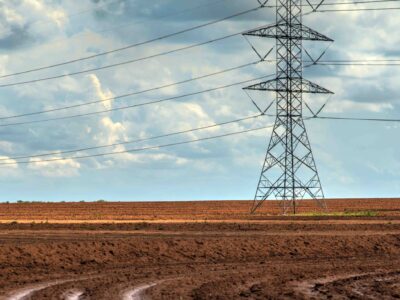For the first time, the public can look under the hood of the global oil and gas industries. A collaboration between energy transition think tank Carbon Tracker and international energy project recording agency Global Energy Monitor has produced a free-to-use database that covers the live status of fossil fuel reserves all over the planet.
The appropriately named Global Registry of Fossil Fuels stands as a win for transparency in global energy sectors. If some industry figures are to be believed, this could even become a catalyst for greater change in the public discourse surrounding traditional energy needs. This discussion is especially important in defining “necessity” as we look to clamp down on carbon emissions in the coming years.
The Registry’s current iteration draws data from an estimated 50,000 oil, gas, and coal reserves worldwide, covering 89 countries.
These numbers amount to roughly three-quarters of the total fossil fuel reserves worldwide. This sum has been quite challenging to find on one’s own and certainly not for free.
The database builds on similar collections that have existed for years, though interested users would have always had to pay for access. That subscription model made sense for those who were historically most interested in fuel reserve data — larger companies, research groups, and private investors. However, a more environmentally interested and politically mobilized public means greater demand for such information.
Just as public interest plays a part in laying the groundwork for Carbon Tracker’s database, the minds within the company hope their product can give back by boosting awareness of how much energy is held in global reserves. This idea is particularly true in determining how we look at the continued issuances of drilling permits worldwide and how the motivations of specific companies and governments may be at odds with supporting the environment.
“Civil society groups have got to get more of a focus on what governments are planning to do in terms of license issuance, both for coal and oil and gas, and actually begin to challenge this permitting process,” said Mark Campanale, Carbon Tracker founder.
Campanale’s thinking is based on a reality not really discussed by the general public but is known to those who have used global reserve data in the past — we already have more than enough oil.
“You can run water only so long before the tub overflows,” said Rob Jackson, a climate scientist at Stanford University. Jackson joins countless other academic community members in noting that using the world’s current reserves would already put the planet beyond the 1.5 degrees Celsius threshold, the point by which irreparable environmental damage would begin to take place.
“We’ve run out of time to build new things in old ways,” said Jackson of the fossil fuels sector and its position going forward. “We already have enough extractable fossil fuels to cook the planet. We can’t afford to use them all — or almost any of them at this point.” Carbon Tracker points out that the 3.5 trillion tons of GHG emissions generated from existing reserves are enough to break the 1.5-degree barrier more than seven times over.





